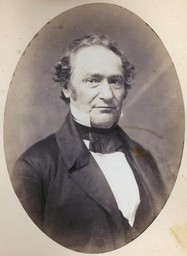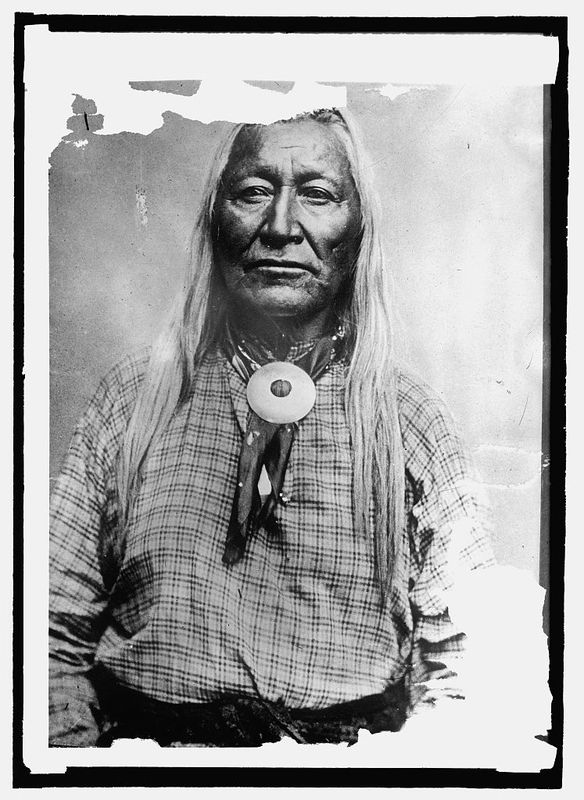Making Peace with the Eastern Shoshone

“Friendly and amicable relations are hereby re-established between the bands of the Shoshone nation, parties hereto, and the United States; and it is declared that a firm and perpetual peace shall be henceforth maintained between the Shoshone nation and the United States.” -Article I, Treaty of Fort Bridger 1863
By 1862, the relationship between settlers and the Shoshone and Bannock tribes had deteriorated. According to Indian Agent Luther Mann’s report in 1862, “Large numbers of the Shoshones, in conjunction with the Bannocks, who range along the southern boundary of Washington Territory, have been committing upon the emigrants travelling to California and Washington some of the most brutal murders ever perpetrated upon this continent.” Federal officials felt that this violence was due to the lack of game left in the territory. The increasing number of white settlers in the region began to encroach on the Indians hunting grounds. Mann concluded that, “There is very little game in this Territory, by which the Indians are enabled to procure the necessary means of subsistence… Owing to the limited amount of means placed in my hands, I have been unable, as fully as I should have desired, to supply their wants, thereby preventing them from supplying themselves by unlawful means.”
However, while tensions were rising with the mixed bands of Bannock and Shoshone, the Eastern Shoshone tribe remained above violence. Mann’s opinion says that, “I am glad to say, however, that Washakee, the head chief of the Shoshones, and his band, have abstained from any acts of violence or theft, which have characterized a large portion of the tribe... I am apprehensive that a general outbreak of hostilities will take place throughout this entire region of country.” The Eastern Shoshone were more concerned about getting enough supplies to last them through the winter. Mann wrote that he found the tribes in “very destitute condition,” and Superintendent James Doty requested that the Indian Commissioner provide more funds for supplies, hoping to prevent the Indians from “committing depredations and interfering with the transportation of the mail.” Hence, the necessity of a treaty was needed.
On July 2, 1863, the Eastern Shoshone tribe signed a treaty with US federal officials. Washakie, the most famous Shoshone leader was among the ten bands of Eastern Shoshone represented in the treaty. The treaty stipulated peace between the Eastern Shoshone and US government. First it established that the overland mail trails, telegraph lines, and railroad tracks that ran through Shoshone territory were under the protection of the United States. It also established the boundaries of the Shoshone territory and provided annuities for the Shoshone people. The treaty stipulated that the US government would compensate the Shoshone tribe $10,000 annually in supplies for a twenty year period for the loss of game on their land. Additionally, the Shoshone would receive an immediate payment of $6000 in clothing and provisions for the upcoming winter. The treaty officially signaled peace between the Eastern Shoshone and the federal government. However, while the treaty was a step in bringing peace for the Shoshone it did not establish a reservation. It would take a later treaty to give an official reservation for the Eastern Shoshone people.
Images


